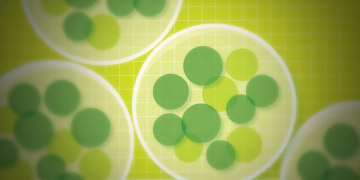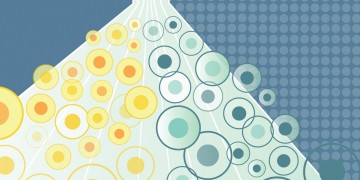
Investigating Cancer Stem Cells with the S3™ Cell Sorter

ZOE™ Fluorescent Cell Imager

Developing Bio-Rad’s S3™ Cell Sorter: The Great Cell Sorting Redesign
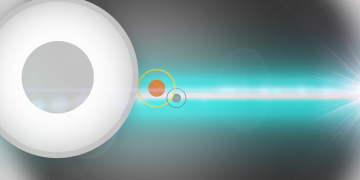
DIY Cell Sorting with Bio-Rad’s S3™ Cell Sorter
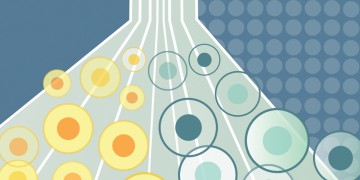
A New Breed of Cell Sorters: Bio-Rad’s S3™ Cell Sorter Appeals to the Growing Cell Biology Community

New and Improved Microplate Manager® Software for Microplate Data Acquisition and Analysis

Bio-Rad’s New S3™ Cell Sorter Automates and Simplifies Cell Sorting

New TC20™ Automated Cell Counter Facilitates Quick Counting with Precision
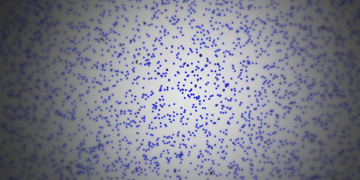
Accurate Counting of Bio-Plex® Magnetic or Polystyrene Beads Using the TC10™ Automated Cell Counter
